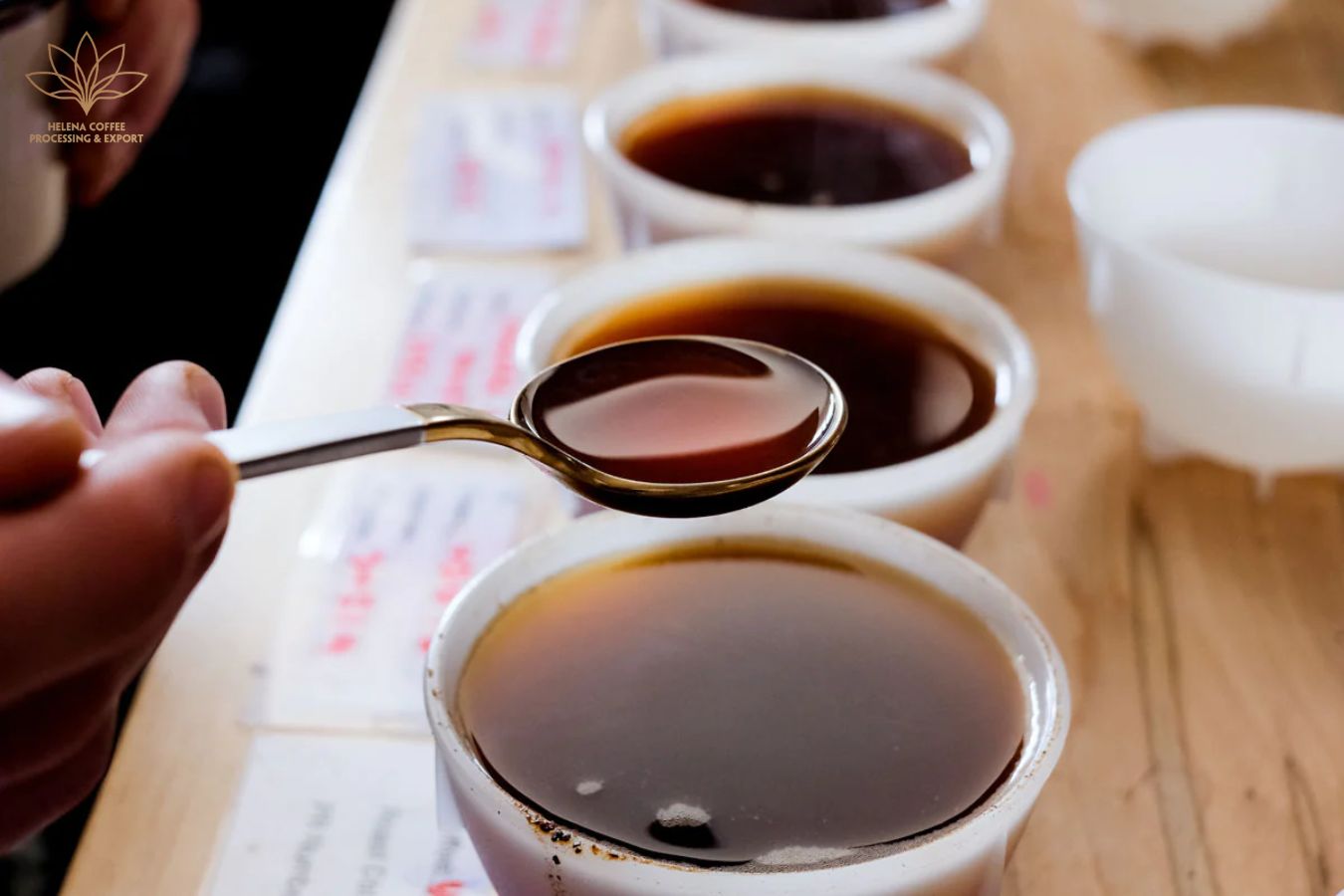
Overall and Defect Attributes – SCA Cupping Form – This article is part of a group of posts that explain the 10 sensory attributes of the SCA Cupping Form (or SCA Arabica Cupping Form) based on knowledge from the book Sensory Science.
Overall
The Overall (or “overall”) category is where cupper can leave their overall impression of coffee quality.
This is the only property that must sum up the properties of all previous properties. Therefore its score will likely be equivalent to the point range of the aforementioned attributes.
And like all other attributes, this is a subjective assessment, which is meant to allow the cupper to estimate how the market will evaluate the quality of coffee.
So, in the “Coffee Sensory and Cupping Handbook” experts from the SCA refer to Overall as a subjective attribute, as the cupper has the greatest deg most significant freedom to express their preferences for the coffee sample.
Within the framework of the SCA, the cupper will rate the Overall attribute for coffee from 6 to 10 points.

Defect
In the cupping environment, the defect is defined as “rentable taste due to physical damage or biochemical contamination of coffee.” Put, any smell and taste in coffee is collectively referred to as Defect.
Therefore, identifying a defect in high-quality coffee is an incredible finding and is hardly allowed to appear in specialty coffee.
The problem here is an “unacceptable taste”(this is a big barrier): since the cupper is declaring before the manufacturer and consumers that they detect an “unacceptable” coffee and, therefore, it is very serious.
Defects on green coffee often stem from physical damage, leading to microbial or chemical contamination.
However, some defects are not the result of visible physical damage but instead are the result of invisible chemical damages caused when coffee is still the organism in its fruit on the tree, during processing, or transportation and storage.
Invisible defects can include petroleum-like odor (or petroleum, due to contamination during transportation or storage), phenolic odor (due to various factors in storage and processing), moldy (due to improper drying), or “potato” odor (“potato” defect caused by coffee berries attacked by Antestia bugs), etc…
Classification of “errors” in cupping
Some “errors” can be controversial and depend on the extent of the defect itself. For example, “overripe” and “fermented” flavors can be considered defective when present at high intensities but are acceptable or even pleasant at very low intensities.
Defects are classified according to their intensity, in the “Coffee Sensory and Cupping Handbook” experts from the SCA stipulate a defect must be classified as “taint” (not too serious) or “fault” (very serious).
- Taint: is an identifiable but not too intense bug flavor. Taint will make the cup deduct 2 points every time it appears.
- Fault: is a faulty taste, overwhelming, and makes the coffee not tasty (very intense). The presence of Fault will cause the cup to be deducted 4 points.

If two or more cups appear defective at different intensities (e.g., phenolic odor at “fault” and potato odor at “taint”), then only the greatest intensity (-4) is taken as a factor of the number of defective cups.
At this point, when faced with a coffee with so many cup attributes, it can’t possibly be classified as a specialty, so it doesn’t matter which classification you choose.
As mentioned, when a cup exhibits a different attribute than coffee, that flavor is considered Defective. Therefore, the cup is also not considered “homogeneous” and “clean” – so it is not marked as both Uniformity and Clean Cup.
For this reason, the existence of a defect almost always leads to coffee scoring below 80.
References:
- Primecoffea, Thuộc tính Overall và Defect • SCA Cupping Form, Tháng Một 29, 2023